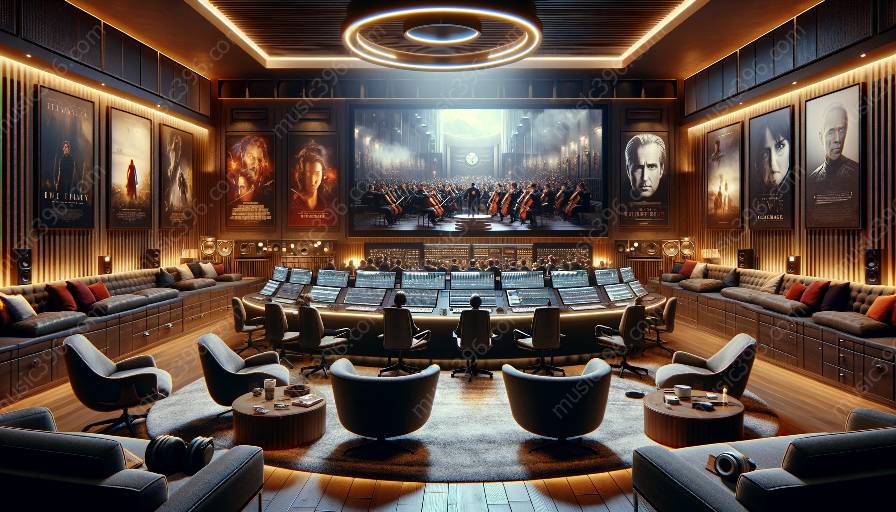Musical film scoring is a vital component in creating tension and suspense in movies. Composers use various techniques and elements influenced by the study of musical film scores and music theory to evoke intense emotions in audiences.
1. Orchestration and Instrumentation
Orchestration and instrumentation play a crucial role in creating tension and suspense in musical film scores. Composers carefully select instruments and utilize different sections of the orchestra to convey specific emotions. For example, low strings and brass instruments are often used to create dark and ominous tones, while high strings and woodwinds can add an element of unease and suspense.
2. Dissonance and Harmonic Progression
Composers often employ dissonant harmonies and unconventional harmonic progressions to create a sense of unease and tension. Dissonance, created by clashing notes and chords, can evoke feelings of discomfort and anticipation, heightening suspense in key moments of the film.
3. Rhythmic Devices
Rhythm is a powerful tool used in film scoring to build tension. Composers manipulate rhythmic devices such as syncopation, irregular meters, and sudden tempo changes to unsettle the audience and create a sense of impending danger or uncertainty.
4. Leitmotifs and Musical Themes
Leitmotifs are recurring musical themes associated with specific characters, places, or events in a film. Composers use leitmotifs to subtly underscore tension and suspense, associating particular musical phrases with impending danger or mystery.
5. Sound Design and Electronic Manipulation
Modern film scoring often incorporates sound design and electronic manipulation to enhance tension and suspense. Composers utilize technology to create otherworldly or unnerving sounds, adding a contemporary edge to traditional orchestral scoring.
Conclusion
Through the careful application of orchestration, harmonic tension, rhythmic manipulation, leitmotifs, and modern sound design, composers craft intricate musical film scores that evoke a wide range of emotions, including tension and suspense. Understanding these techniques and their relationship to the study of musical film scores and music theory provides valuable insight into the complex art of film scoring.

















































